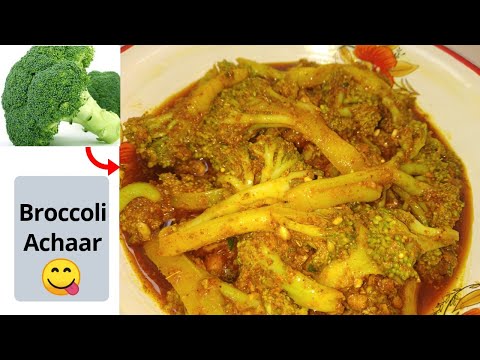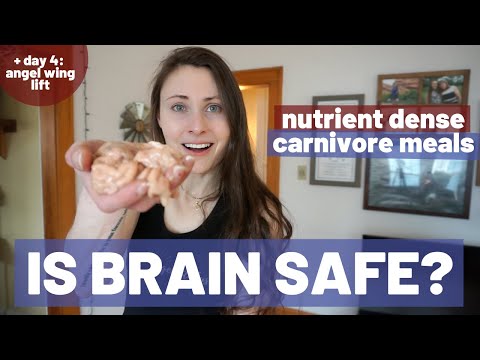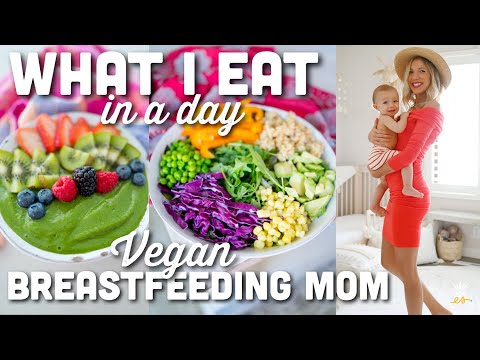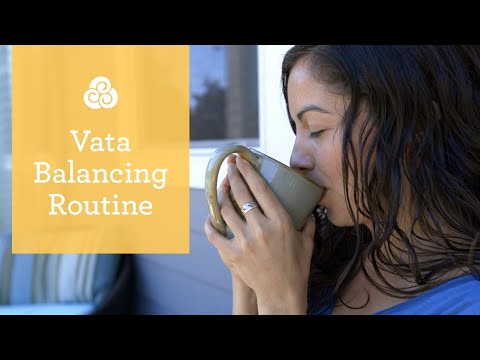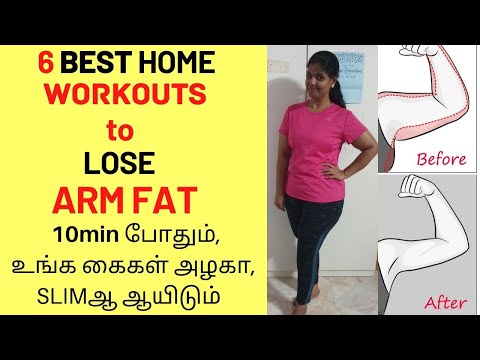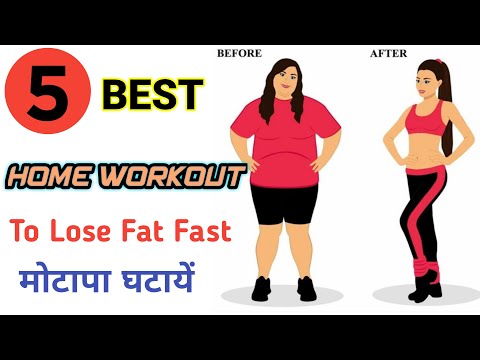
Ab Exercises: Pilates KG Curl with Aliesa George at — Subscribe to my YOUTUBE Channel so you get updated when I post a new Pilates Fitness Tip Video for whole body health.
Today I want to share with you the benefits of the KG Curl exercise. This is a preparatory exercise that can be done at the beginning of your workout to help get your abs working properly, and help keep the stress and strain out of your neck and shoulders when you are in a curled up position for exercises like the Hundred.
Its called the KG Curl in honor of Kathy Grant, one of the Pilates Elders, and a student of Joseph and Clara Pilates. Kathy has a brilliant way of communicating the importance of using the leverage of the upper abs to support and the weight of the head and shoulders when we curl up off the mat for core conditioning.
Your KG Spot is right at the bottom of the breastbone. I like to think of the KG Spot as the teeter-totter spot to lift the head. If the KG Spot drops back and down, the head and shoulders curl forward and up.
Used correctly, it takes most, if not all, of the stress out of the neck, and puts more of the work where we want it anyway in the abs and torso.
I use the KG Curl with my clients to help improve core strength and back mobility, and to help clients learn how to reduce neck strain during their abdominal training exercises.
Here is how to practice a great KG Curl:
Step One: Lay on your back with your knees bent and feet flat on the floor.
Step Two: Place your hands behind your head to support the head and neck. Rather than
having the elbows wide, which causes the upper back to arch and lift off the mat, be sure to keep the upper arms in with the elbows reaching away from the body. This helps to help spread the shoulder blades, and puts the upper back bones closer to the mat before you start the exercise, which makes it easier to flex the upper spine to bend into a good position.
Step Three: Inhale to lengthen the spine (from the tail to the head). Exhale, look towards the front of your shirt, pull down under the arms and around into the abdominals bending forward – up and around the KG Spot to peel the head and shoulders up off the mat until the bottom tips of the shoulder blades are touching the floor.
Step Four: Hold the KG Curl and Inhale into the back of the body lengthening the curl. Exhale and strive to pull the abs in a little more, and eek a little more bend and curl up out of your body. Be sure that any additional lift comes from pulling down under the arms and around into the stomach. Pulling to lift with your head, hands, and chest is cheating! The head should stay heavy in the hands and the lever that pulls in and down to lift the head and curl higher are the muscles under the arms and around into the higher abdominals and KG Spot. Hold your KG Curl for 3-5 breaths then slowly roll your upper back, shoulders, and head back down to the mat.
Your goal is to curl up just to the bottom tips of the shoulder blades, which should put the head in a vertical position just like it is when you are standing. We don’t notice the weight of the head when we are standing with good posture, and with time and practice, you wont notice the weight of the head when you are in a great position for the KG Curl. Over time this feeling will transfer to all of your other abdominal conditioning exercises!.
If your back and neck are stiff it can be a challenge to bend forward so the hand placement behind the head can help you release some of that upper body tension while you’re strengthening your abs to be able to curl up higher. If you’re a little larger around the middle, you may have a little extra mass in the way of an effective curl, which can be one of the reasons you feel neck stress during Pilates Matwork. So anytime its appropriate, use the hand placement to help support the head and neck. As you continue to get stronger, and begin to see the shape changes you’re looking for, it will be easier and easier to curl up into a great KG Curl all the way to the tips of your shoulder blades with zero neck strain.

